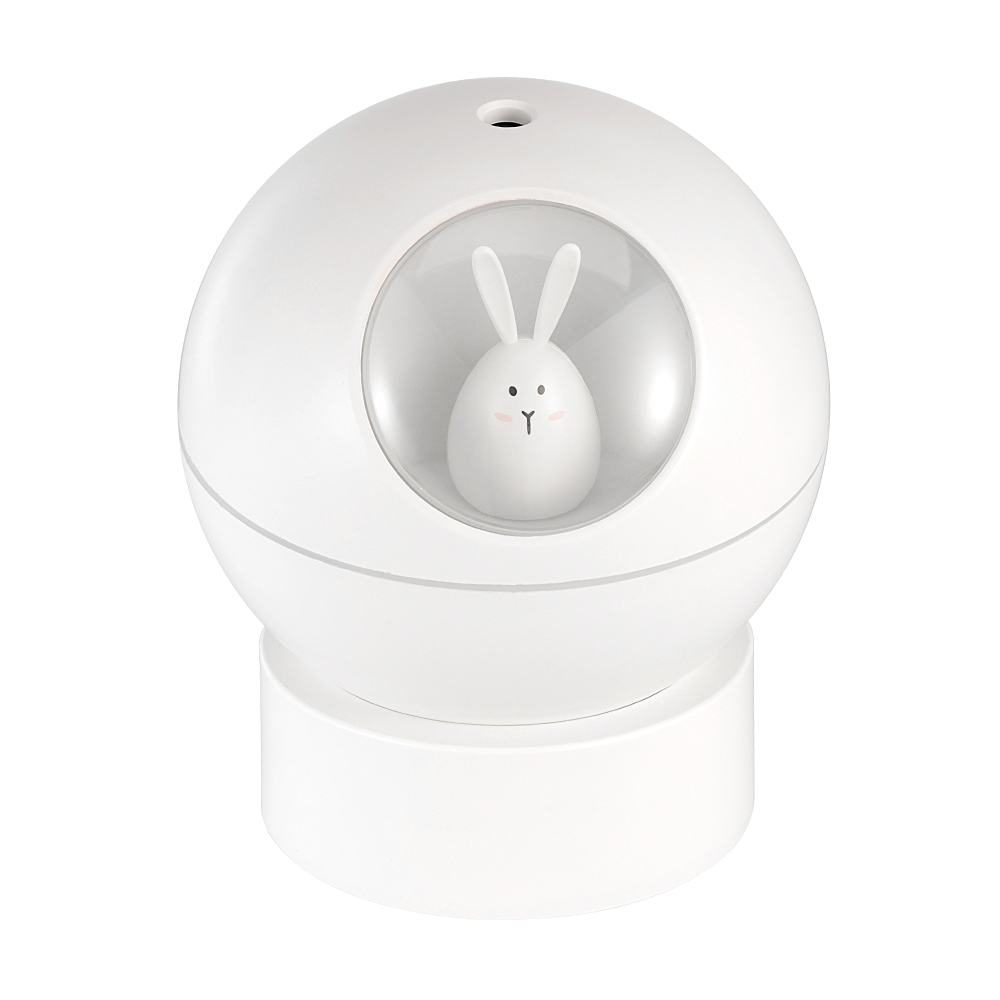CREATIVITY CHANGES YOUR LIFE
 Tel: +86 0755-84870739
Tel: +86 0755-84870739
 Email: info@nexhc.com
Email: info@nexhc.com
CREATIVITY CHANGES YOUR LIFE
 Tel: +86 0755-84870739
Tel: +86 0755-84870739
 Email: info@nexhc.com
Email: info@nexhc.com
Company news | Industry news | Exhibitions and events | Optimization dedicated | aromatherapy diffuser |
source:Optimization dedicated release time:2022-06-14 Hits: Popular:aromatherapy diffuser direct sales

Air purifiers, also known as "air cleaners", air purifiers, and purifiers, refer to decoration pollution that can absorb, decompose or convert various air pollutants (generally including PM2.5, dust, pollen, odor, formaldehyde, etc. , bacteria, allergens, etc.), products that effectively improve air cleanliness, are mainly divided into household, commercial, industrial, and building.
There are many different technologies and media in air purifiers that enable it to provide clean and safe air to the user. Commonly used air purification technologies include: adsorption technology, negative (positive) ion technology, catalytic technology, photocatalyst technology, superstructured photomineralization technology, HEPA high-efficiency filtration technology, electrostatic dust collection technology, etc.; material technologies mainly include: photocatalyst, activated carbon, Synthetic fibers, HEAP high-efficiency materials, negative ion generators, etc. Most of the existing air purifiers are composite types, that is, a variety of purification technologies and material media are used at the same time.
According to the working principle of air purifiers, there are mainly three types: passive, active, and active-passive hybrid.
According to the air purifier's removal technology for particulate matter in the air, there are mainly mechanical filter type, electrostatic electret filter type, high-voltage electrostatic dust collection, negative ion and plasma method.
Mechanical filtration
Generally, particles are mainly captured in the following four ways: direct interception, inertial collision, Brownian diffusion mechanism, and screening effect. It has good collection effect on fine particles but large wind resistance. In order to obtain high purification efficiency, the resistance of the filter screen is large, and the filter The mesh needs to be dense, which reduces the lifespan and needs to be replaced regularly.
High voltage electrostatic dust collection
The dust collection method uses a high-voltage electrostatic field to ionize the gas so that the dust particles are charged and adsorbed on the electrode. Although the wind resistance is small, the effect of trapping larger particles and fibers is poor, which will cause discharge, and cleaning is troublesome and time-consuming, and it is easy to generate ozone. Form secondary pollution.
"High-voltage electrostatic precipitator" is a method that not only ensures the air volume but also absorbs fine particles. This is how the particles are charged with a high voltage before they pass through the filter element, so that the particles are "easy to adsorb" to the filter element under the action of electricity.
The high-voltage electrostatic dust collection part originally applies a high voltage to the two electrodes, and when the two electrodes are discharged, the passing dust is charged. Most of the dust is originally neutral or weakly charged, so the filter element can only filter dust larger than the mesh. However, narrowing the mesh of the filter element will cause blockage. The high-voltage electrostatic dust collection method can make the dust charged. Under the action of electricity, it is adsorbed on the specially processed and permanently charged filter element. Therefore, even if the mesh of the filter element is too large (coarse), it can indeed capture the dust.
Read recommendations:
Air purifier air volume: not the bigger the better.Car Air purifier price
Air purifier manufacturers introduce the hidden dangers of air!
NextHow to improve the air in the car?Air purifier Vendor
Popular recommendation
F16 desk fan Cooling Fan
2021-09-14A25 aroma diffuser.essential diffuser
2021-10-06J16 Air Humidifier
2021-09-14A13 Aroma Diffuser
2021-09-14L02 Night Light
2021-09-14How to use the aromatherapy machine?
2022-03-24The classification of essential oils and the coup of fragrance.aromatherapy diffuser price
2022-04-18How to prevent allergic rhinitis? Air purifier manufacturers do wonders for you.air humidifier sales
2022-06-20Where is the air disinfection function used?Air purifier company
2022-07-11Introduction to the working principle of negative ion air purifier
2022-03-25Does the humidifier emit radiation
2024-09-28Is using a humidifier at home harmful to the body?
2024-09-09How long does a dehumidifier usually run per day?
2024-09-09Humidifier classification
2024-08-24Humidifiers nourish daily life
2024-08-17Common classification methods for humidifiers
2024-08-10How to dehumidify with a dehumidifier
2024-07-22Working process of dehumidifier
2024-07-22High pressure micro fog humidifier for air conditioning unit
2024-07-13What are the possible reasons why humidifiers do not produce fog
2024-07-08Contact the following for inquiries regarding our services and products.
